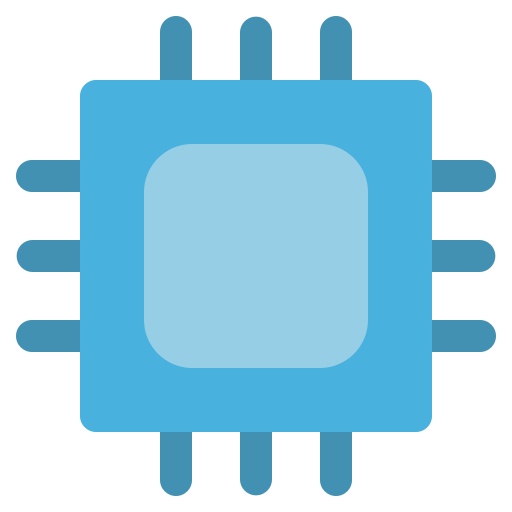The first salvo of RTX 50 series GPU will arrive in January, with pricing starting at $549 for the RTX 5070 and topping out at an eye-watering $1,999 for the flagship RTX 5090. In between those are the $749 RTX 5070 Ti and $999 RTX 5080. Laptop variants of the desktop GPUs will follow in March, with pricing there starting at $1,299 for 5070-equipped PCs.



What I’m arguing and what those in the link I shared above argue though is that if a homeowner finds that their new PC setup is drawing more than a 15 Aac circuit breaker allows, then they have two choices: 1) downgrade the PC, or 2) upgrade the building wiring. And if they choose the latter, then they can either 1) do the upgrades themselves or 2) have those architects, general contractors, and electricians do it for them.
While I would want to think that homeowners would prefer qualified personnel do installations on their premises because such personnel understand the hazards and code requirements, I don’t think that ends up happening in many instances. If a homeowner wants to upsize their 15 Aac circuit to 20 Aac, they have now crossed the line from electricity “user” to electricity “installer”, hence activating the NEC.
If an installer knows that they’re going to install a 20 Aac breaker, then they must follow the portions of the NEC code limiting the load on that breaker to 80%. For the homeowner, they know which loads they want to hang, so this automatically means they can’t load more than 16 Aac. If instead the homeowner were to contract an electrician to do the work, it would be up to the homeowner to not disclose what kind of load they wish to place on this circuit to the electrician so there isn’t established any grounds for code violation. Bear in mind that like you say even if you run more than 16 Aac on a 20 Aac breaker it’s going to work; what we’re discussing is code violation and grounds for revoking licenses of practicing electricians, architects, engineers, etc. - and you may argue that if a homeowner does the install then they have no license to revoke, in which case should they have done the install to begin with? We run into a circle.
I would wager to say that there are many competent and incompetent electricians and inspectors out in the world, and as much as we wish for good intent, I still believe greed and convenience exist to counteract that.
If you live in an older house/apartment that was built before the 1970s/1980s, perhaps a good rule of thumb would be to derate your circuits given the uncertainty surrounding those installations. If after, or if your building has undergone electrical renovations specific to the circuit you wish to load with your beast of a PC, perhaps homeowners/apartment dwellers can be more confident that they’ll be safe.
As an engineer myself, I tend to lean on the safer side of things by virtue of not knowing the unknown (and to save my own ass), but I recognize that that virtue isn’t respected by everyone. Just be safe people!
Look man I sort of get what you’re saying but I was an electrician for a decade and I’m telling you nobody would consider a gaming computer a continuous load, like ever. UNLESS it was a business that sold time on a gaming computer, as I originally stated.
If a homeowner hired me and for some reason was adamant that I apply the 80% rule to a convenience circuit I’d probably walk away from the job because that customer is likely to be more trouble than they’re worth because they think they understand the (extremely complicated and nuanced) code that I work with on a daily basis. It’s not a threat to my license to do this install at all, just my sanity to deal with engineers that think they know better than tradesmen.
If I did take the job it would be unnecessarily expensive in terms of materials.
A normal 20A breaker will trip if you’re overloading it - that can be either instantaneous current draw (say 23 or 24A at one time) or it can be because you’re at 18A for a couple hours straight. That’s how they’re designed (does depend on the breaker but what I’m talking about is fairly standard). So there’s literally no reason to do what you’re suggesting. A properly installed, inspected, code compliant 15 or 20A circuit is plenty for current gaming computers. IF you start to go overboard pop and you unplug some other stuff and carry on, because that’s how the system is designed.
I do not recommend homeowners do circuit upgrades themselves, because you can’t just throw a higher amperage breaker on a circuit and call it a day, that’s how you get fires. I agree that people in old homes, or even newer homes that they buy, should have a licensed electrician inspect their homes. A lot of what I’ve been saying about the reliability and capacity of circuits doesn’t stand when you get back past the early 90s. NEC is updated every three years and the code is written in ashes and blood.
But if your house was built correctly after I’d say 1990 or 95 in the USA, everything I’m saying applies. It can apply for older homes also, but yeah, get an inspection done.